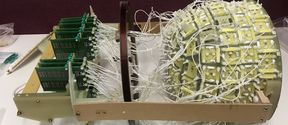Koos Zevenhoven: The scientific world doesn't know this kind of unusual path very well
'There have also been PhD students in my group, and I haven’t been able to officially act as their advisor. Some of my students have finished their PhD before me.'



